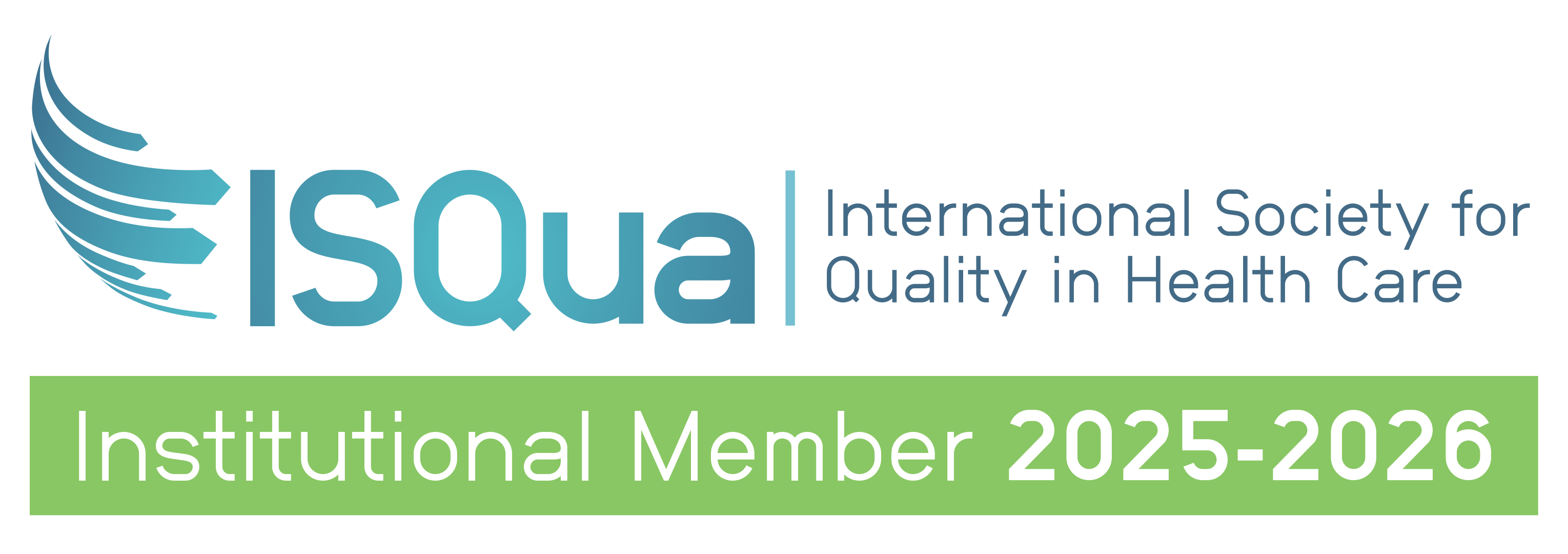.png?width=800&auto=format)
Leading Patient Experience Advisor and Author on the Power of Engaging Patients in Practice
Welcome to the ACHS Improvement Academy Faculty Spotlight series, where we highlight the expertise and perspectives of esteemed colleagues on key topics in healthcare.
In this edition, we are pleased to feature Ms Shelley Thomson who is the facilitator for the ACHS Improvement Academy’s Partnering with Consumers training. Her career in the healthcare industry spans more than 30 years, across clinical, operational and commercial sectors, with particular experience in nuclear medicine and ultrasound.
1. Can you share what first drew you into healthcare and how your career has evolved since your early days as a nuclear medicine technologist?
I’ve always been fascinated by the intersection of science, technology, and human connection. Starting out as a nuclear medicine technologist gave me a deep appreciation for clinical precision and the role of technology in diagnosis. But over time, what struck me most was that the moments patients remembered weren’t just the scans or results—they were how they were made to feel during their care journey.This insight led me to broaden my career from clinical practice to roles in clinical applications, leadership, and health system improvement. Today, my work focuses on embedding patient and carer voices into the design and delivery of health services, helping organisations make care more personalised, equitable, and outcomes driven.
2. You often say that patient experience is about more than just the check-up and diagnosis. What does a truly positive patient experience look like to you?
A positive patient experience is one where people feel seen, heard, and supported as partners in their care—not just as recipients of services. It’s about creating environments where patients and carers are treated with respect, communication is clear and empathetic, and care is coordinated around what matters most to them.When this happens, trust builds, health outcomes improve, and both patients and clinicians feel more empowered. It’s less about a single appointment and more about the continuity, relationships, and shared decisions that shape the whole journey.
3. Your book, Patients for Life, focuses on helping healthcare practices grow by putting patients at the centre. What inspired you to write it, and what is the key message you hope readers will take away?
Patients for Life was born out of years of working with health professionals who genuinely wanted to deliver excellent care but didn’t always have the tools or frameworks to make that vision sustainable. I wanted to bridge the gap between good intentions and practical action.The core message is simple: when you put patients and carers at the centre—by listening deeply, partnering in decisions, and designing experiences that reflect their needs—you not only improve care quality and trust, you also strengthen the long-term sustainability of your practice. Growth happens naturally when people feel valued and connected.
4. What emerging technologies or practices do you think will have the biggest impact on patient care in the future?
I see the biggest impact coming from technologies that enhance—not replace—human connection. This includes digital tools that make patient-reported measures (PROMs and PREMs) easier to collect and use in real time, AI that can personalise care plans, and platforms that enable seamless communication between patients, carers, and care teams.Equally important are new models of care that embed co-design and shared decision-making as standard practice. When technology and human-centred approaches work hand in hand, they can transform both the patient and clinician experience.
5. You’re currently delivering the Partnering with Consumers training through the ACHS Improvement Academy. How does this training help healthcare professionals improve the way they engage with consumers?
The training helps clinicians and health service leaders move beyond compliance and into meaningful partnership. We provide practical tools and frameworks to support co-design, shared decision-making, and authentic engagement, drawing on national standards and real-world examples.Participants leave with strategies they can apply immediately—whether that’s involving consumers in service design, integrating patient-reported measures, or improving communication in daily practice. Ultimately, the training builds capability and confidence to deliver care that is safer, more personalised, and aligned with what matters most to patients and carers.
Thank you, Shelley, for sharing your insights and experience with us. You can learn more or register for Partnering with Consumers training here.

